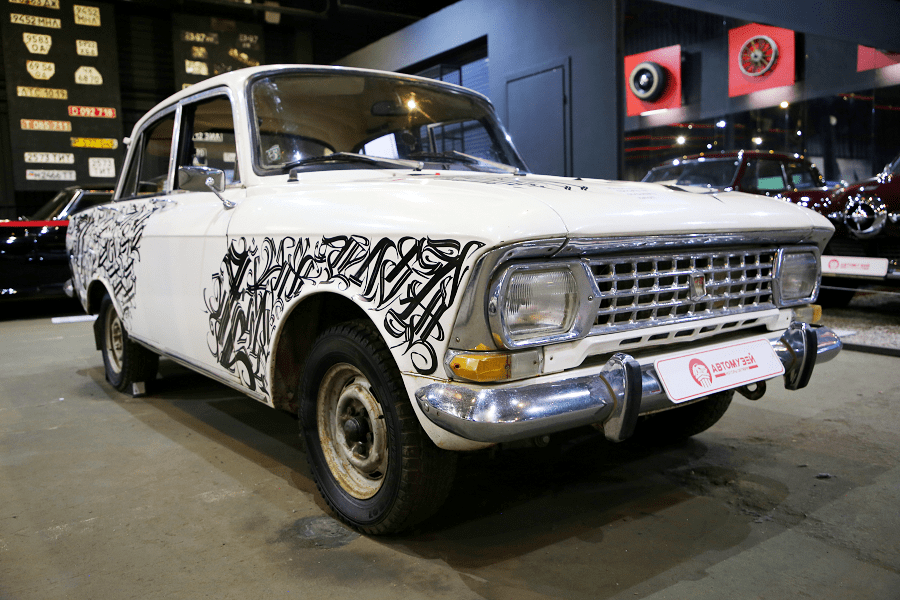The Soviet KIM 10-50 subcompact. Made in 1940. Power – 26 hp. Moscow transport museum
KIM-10 was the first Soviet small car designed for large-scale mass production.
In December, 1930 the Moscow State Automotive Assembly Plant No. 2, which had started assembling Ford cars and trucks from CKD kits earlier that year, was named after the Young Communist International organization (Kommunisticheskiy Internatsional Molodyozhi – KIM). In 1939 it was reorganized as a full-cycle car manufacturing plant and renamed accordingly.
The plant’s newly formed design department was headed by A. N. Ostrovtsev, an engineer from the NAMI, and tasked by the Economic Committee of Sovnarkom with designing a small economy car suitable for large scale manufacture which was named KIM-10. Initially two sub-models were planned for release – KIM-10-50 sedan and KIM-10-51 phaeton (convertible).
The Economic Committee demanded the car to be based on the British Ford Prefect E93A – essentially a scaled-down version of Ford’s larger U.S. models which the Soviet engineers and car mechanics were quite familiar with. The Prefect’s chassis and powertrain were reverse engineered, the resulting drawings converted into the metric system and adopted to the Soviet materials and production techniques. The project was completed ahead of schedule by June 13, 1939.
In August and October 1940 the NATI (former NAMI) developed a very modern-looking streamlined four-door body for the KIM chassis (retrospectively named NATI-KIM), which to some degree resembled the German Auto-Union’s prototype DKW F9. This body fulfilled all of the requirements set by the Sovnarkom with the exception of the soft insert into the roof, however it was not accepted. Instead, a more conservative body was approved, which closely followed the styling of the Opel Kadett K38, favored by Josef Stalin himself.
The car with the new four-door body was designated KIM-10-52, the chassis remained virtually unchanged. Mass production was planned to start in July, 1941, with annual production figures of 50,000 units (30,000 in 1941). However, the plans never came to fruition because of the German invasion on June 22, 1941 – only a small series of four-door prototypes was ever built.
The original two-door version was more fortunate, as the plant was allowed to assemble 500 cars using the test bodies produced by Budd – 250 KIM-10-50 two-door sedans and 250 KIM-10-51 phaetons were initially planned to be built.
Technical details
The side-valve engine of the KIM-10 had a displacement of 1170 cm³ and produced 30 hp. Its cooling system lacked a water pump, relying on thermocirculation instead, and a thermostat, the latter being quite impractical during cold Russian winters because the engine took a lot of time to warm up.
Rear wheels were driven via a 3-speed manual transmission, with synchromesh on II and III (direct drive) gears.
Suspension employed transverse leaf springs, both front and rear.
Brakes were mechanically operated drums on all four wheels.
Chassis components were mounted on a separate frame which was rigidly riveted to the body.











